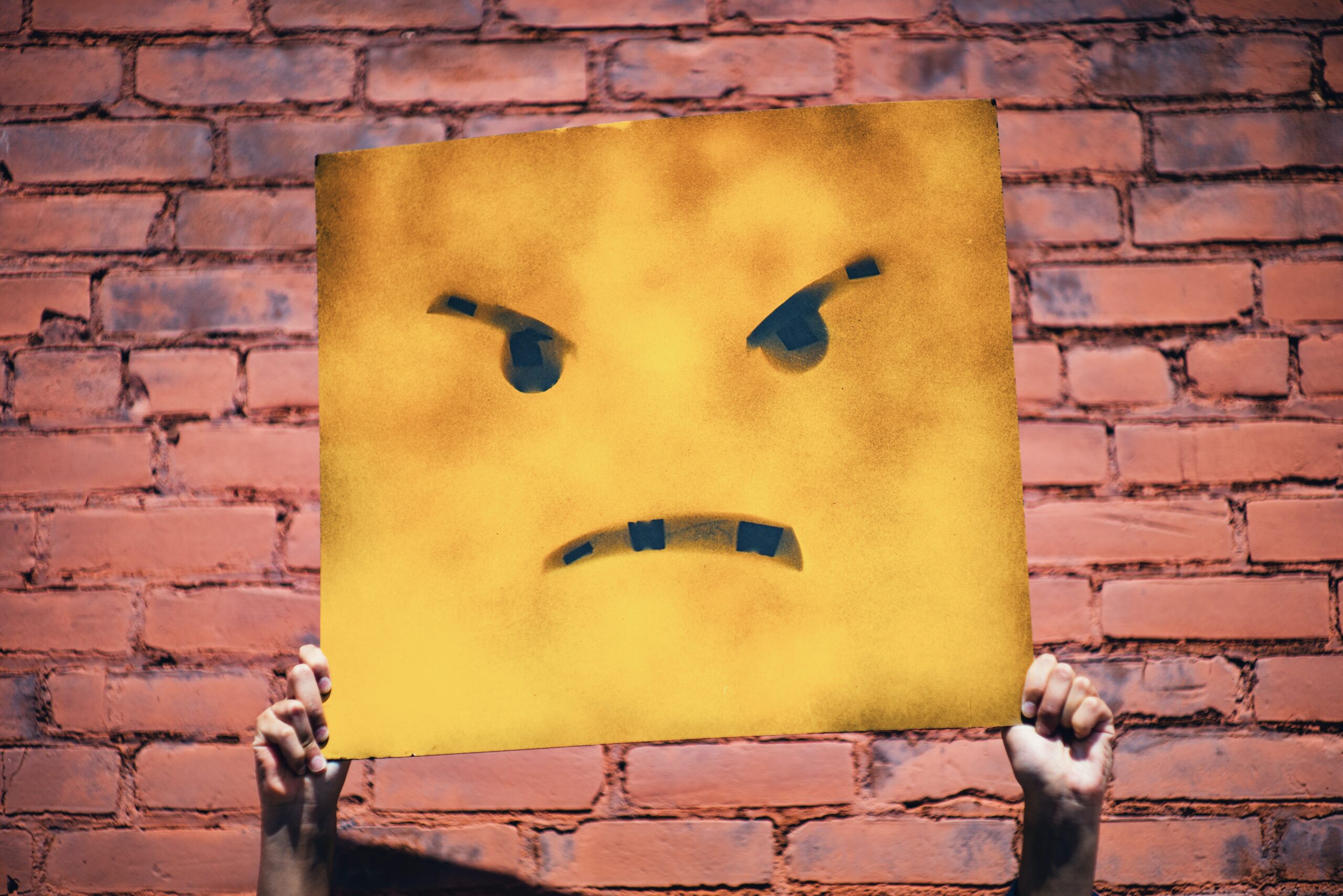One of our podcast listeners wrote to us with a problem. I am sharing it today because this problem seems like some of you could also share it. Our listener wants help convincing his team that using a free trial will help sales. We think that it might, and here’s why.
Let me begin by explaining the theory behind why we think it will. In the behavioral sciences, there is something called the Endowment Effect. The Endowment Effect is rooted in another larger Behavioral Science concept called Loss Aversion. Once you have something, once it is in your endowment, you value it more and treat it differently.
The Endowment Effect occurs whether you paid for something or not. It is the reason why once you consider something yours, it’s painful for you to give it up. This feeling has to do with Loss Aversion, which explains that people feel worse about losing things than gaining things feels good.
In other words, we want to keep what is ours—even if we only have it because we are participating in a free trial. People might even be willing to start paying for it rather than lose that service or have to give up access to the product.
The Trial of Returns Matters, Too
However, there are some practical considerations, too. For example, what if people decide they don’t want to keep the product or service after the free trial? Your return policy after the trial is essential here.
I have a story that explains what I mean. I bought trousers from a company in the UK called Cotton Traders, but I don’t like them and want to return them. Unfortunately, after three calls to the call center and a rejection at the local post office, I still have the pants. So, whether it is intentional or not, this return process is a pain in the neck. The challenging return process has changed my opinion of the retailer and the probability of ordering pants from them again.

The degree of pain involved in canceling a service influences customers’ decisions about whether they will participate in your free trial. From a cost-benefit perspective, there are costs, including the costs of customers’ time and effort, relative to the benefit of saving money or getting cash back from a purchase that you want to cancel or return. The more a retailer increases the hassle costs, the more people will say it’s not worth it. On the other hand, there is the short-term benefit from making it difficult for customers that you don’t have to return their money. However, the long-term damage is done. So, yes, offering a free trial could increase sales by activating the Endowment Effect.
But if the return or cancellation process is challenging, it could negatively affect brand perception and repeat business.
The Trials of Trials
Another practical consideration for a free trial is the type of product or service it is. For example, I associate free trials with software. Many times, I try new software for 14 days, and I like it, so I subscribe, or do so by default since many times to subscribe, all you have to do is not cancel in the free-trial period. So, it’s easy to imagine that this free trial would increase sales. However, a physical product might be different. For example, I was returning an electronics component and learned that I was responsible for insuring it when I returned it. I am not going to do that, so, for me, this free-for-30-days offer doesn’t feel worthwhile. Moreover, sometimes physical products require you to keep the original packaging, too, which might be challenging after 30 days for some people.
There are other issues that kind of surround how people value a free trial, too. For example, in the case of software, sometimes people need software for single usage. So, that 14-day trial might prove to be all they needed, and even if the person loves the software, they aren’t going to buy it because they only needed it that one time. Some people I know (aka students) create 72 different email accounts to perpetuate that cycle of free trial indefinitely.
These situations are the cost of doing free trials. What is essential to do is focus on the number of accounts you gain from a free trial rather than focusing on how people abuse the policy. If 95 percent of people that do the free trial sign up for the software, does it matter about the other five percent that doesn’t?
Adding a Free Trial to the Experience
Our listener wanted advice on how to convince his team to add a free trial to the experience. The simple answer is to make your case. However, you can’t do that with fancy words and passionate speeches (except on TV). It would help if you had the facts.
Ultimately, convincing his team that this is a great idea to implement requires experimenting with it. Perhaps you could have a control and a free-trial group that you could compare results. Maybe you try six months with a free trial followed by one without and see if there is a difference in sales numbers. Whichever way you decide to experiment, the idea is to see if the free trial increases sales with your customer and prospective customer base. If it does, then that will make a case for you.
However, you also need to set yourself up for success with the experiment. It is critical to ensure that the free trial is a good Customer Experience. If you create a negative impression in the free-trial period, that will significantly change your experiment’s outcome. A flawed free trial that does not deliver a customer-centric experience will not boost revenue. Moreover, it could end up with a social media reputation for hassling customers after the free trial, which could hurt revenue.
Adding On Adds Up

Let’s say that the free trial is a success, and you have new subscribers from it. I would encourage companies to then look at the behavior of their customers to determine if there are any natural add-on products or services that you could then market to your new subscribers. For example, if 27 percent of people who buy this subscription or product end up purchasing that other subscription or product, and 15 percent of those people buy another subscription and product, it would be best to capitalize on that with your new subscribers. Market the add-on product or service to new subscribers and see what the potential is for sales then.
Also, firms can create kind of an ecosystem for their products and services. For example, software companies have components that integrate well into the base software platform to market these components to new subscribers. Another example is tool companies. Many of them have the same battery and charger for several tools so that you can add on new tools to the ones in your original purchase. In both cases, these add ons become a reason to stick with that brand. Also, having free trials to introduce people into the ecosystem can be great, even if you lose money on those initial sales.
To build on that, I would also recommend making it easy to return or cancel. It’s off-putting to participate in a free trial if the customer thinks it will be uncomfortable to get out of it on the other side. For example, it’s easy to navigate online to cancel Netflix, so people do not mind starting a free trial. However, a newspaper subscription requires you to phone in and talk to a representative (who will try to convince you to stay). Hollywood writers have crafted entire sitcom episodes around trying to cancel a gym membership. People don’t want to get into something that they don’t think they can get out of.
On the negative side of free trials, the concept of another behavioral science that applies here is Reference Points. You might recall that a Reference Point is something customers use to compare their experience and judge it. So, if you create a Reference Point of “free” and then want to charge something for it, the danger is people will reject the idea of having to pay for it. Traditional media went through something like this with the emergence of online circulation. At first, news outlets and magazines offered their content for free, thinking that the advertising revenue would replace subscriptions. When it didn’t, places like the New York Times and others put their content behind a paywall. It took consumers a while to adjust to the idea that these media outlets’ content was worth a subscription after they had free access to it.
A related idea here is that we also tend to value things more when we’ve had to sacrifice for them. So, if we get something for free, we might appreciate it but value it less because we didn’t do or give up anything to get it. Of course, some of this can be avoided by your messaging. For example, if you make it clear that there is a trial period followed by a subscription that will be $X amount, people might not perceive it as “free.”

The pricing matters, too. I have a software subscription that I have meant to cancel for months and months but still haven’t. That’s because the amount I pay isn’t large enough to motivate getting out of it. So, while the software company benefits from my negligence and thinks I am a loyal customer, they are a gnat’s breadth away from losing me. How many more customers do they have just like me?
So, What Should You Do About All of This?
If you consider implementing a free trial for your product or service, start by asking why people buy it now or why they don’t. If you determine that feelings of risk are a barrier to starting a relationship with you, then a free trial might be just the thing you need. It will get people past this initial hurdle by reducing the risk and giving people an experience with the good or the service. Then, once they have that and they like it, they’re going to want to subscribe. There is a lot of science, the Endowment Effect being primary among it, suggesting that a free trial will work well in that case.
Next, find out what the competition is going. If everybody else has a free trial, that makes a compelling case for you to do it.
Then, I would test having a free trial. Also, it is best to measure its results so you can compare them to what happened without a free trial.
Once you have new subscribers from the free trial, it is critical to determine if other products or services can follow it. Taking full advantage of the potential you uncover with your free trial will ensure that implementing it was worth the time and money.
A scientific theory is a beautiful thing. But if it remains lovely and untouched by real-world application, it isn’t very useful. So using the concepts of the behavioral sciences in practical ways is the impetus behind what I do with this newsletter and the podcast. Our listener had a real-world problem, and it appears as if the behavioral sciences can help him solve it. I hope that by sharing it with you, the behavioral sciences will also help you solve your problems, improve your experience, and increase your sales or whatever else you seek to do with them.
There you have it. No promotions, no gimmicks, just good information.
Think reading is for chumps? Try my podcast, The Intuitive Customer instead. We explore the many reasons why customers do what they do—and what you should do about it. Subscribe today right here.


